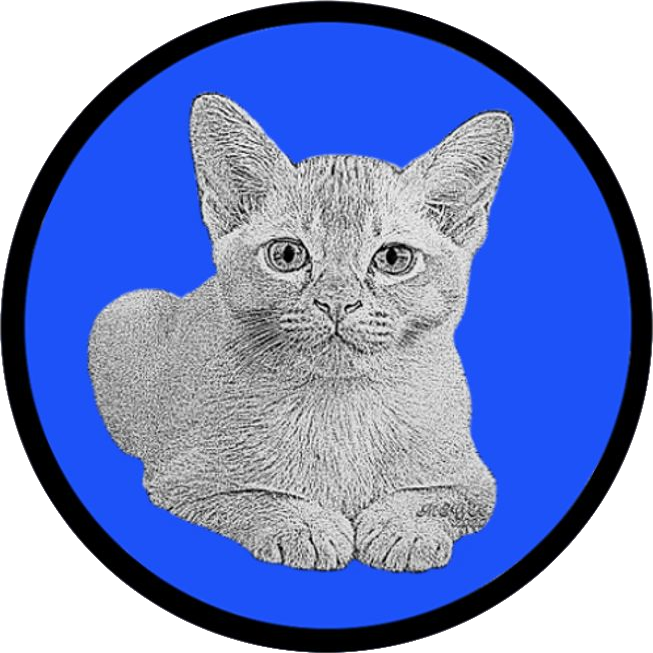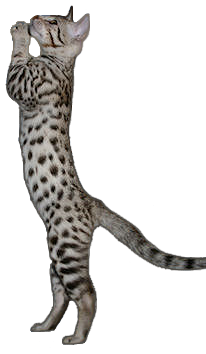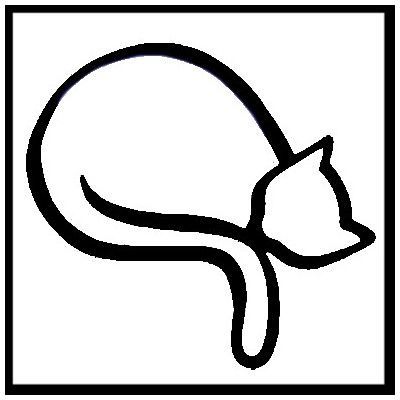|
|
BREED INFO > GANGLIOSIDOSIS (GM2) OR LYSOSOMAL STORAGE DISEASE
Gangliosidoses GM2 is one of the lysosomal storage diseases. Lysosomes are small little bodies (organelles) in a cell, which use enzymes to ensure the demolition and reuse of many materials. The missing or not entirely functioning of these enzymes (beta-hexosaminidase) causes (waste) substances to accumulate in the lysosome. This accumulation is toxic and makes the operation of the lysosome difficult and ultimately of the whole cell. Hence the name lysosomal storage disease. This causes damage to the tissues and organs. This disease is known by a number of dog and cat breeds, as well as in humans.
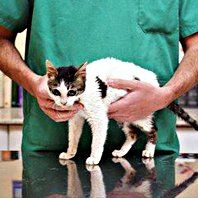
Gangliosidoses GM2 is a serious, progressive disorder. The affected kittens show at the age of about 6 to 8 weeks as first symptoms of vibration of the head and the hind legs. This worsens in the weakening of the coordination (walking with legs wide apart, stumbling and falling). A few weeks later it is paralyzed in the hind legs, has a hoarse, squeaky mew, is blind, has extremely sensitive reactions to loud noises and epileptic seizures or episodes. The kitten usually does not get older than about six months, because the disease is fatal in all cases.
Since this is a recessive hereditary disease, a kitten must inhered the diseased gene from both parents in order to get ill itself. This means that a kitten that only inherits one sick gene leads a normal life, but can pass on this gene to the next generation with a probability of 50%. Breeding with a non-carrier and carrier animal gives a 50/50% chance of carriers in the litter. All these kittens should be tested. If both parents are carriers, there is a 25% chance of normal animals, 50% chance of carrier animals and 25% risk of diseased animals. Due to the low rate of kittens becoming sick it was possible that this disease has remained unnoticed for years.
In 2004, a Burmese litter that had shown all symptoms was revered to the veterinary college clinic through the veterinarian. Autopsy showed that the disorder was Lysosomal Storage Disease. Ultimately contact was made with Dr. Henry Baker of the Scott-Ritchey Research Center in Auburn, Alabama. Dr. Baker has not only been able to identify the affected gene, but also developed a test. It is now possible with 100% certainty to determine whether an animal is ill, carrier or normal (non carrier). This is done by examining approximately 1 ml of blood and the test can be reliably performed at any age.
Because the combination of a carrier with a non-carrier gives a 50% chance of healthy animals, all kittens must be examined. The (healthy) carriers can be castrated and sold as pets. The non carriers can be safely used for breeding. This way it is possible for a carrier with desired properties for the breed to continue. It is not necessary to remove all carrier animals from breeding right away. This would have a very large and undesirable effect on the already small gene pool of the Burmese race.
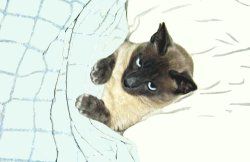
A workgroup is also set up: the "Data Exchange Group". You could join by sending in the certificate with test results. The members mutually shared these data, non-members had no access to the results. By submitting the compulsory license, it was hoped to obtain greater clarity about the spread of the disease. The group aimed for a GM2-free Burmese breed. This required time and commitment of all members and breeders. Through testing, cooperating and exchanging information, breeding programs could be drawn up to keep this disease out the door and, eventually, see it disappear.
In the meanwhile the workgroup has been discontinued. Why? The breeders, world wide, are aware of the severity of this disease AND a DNA test has become available. For more information about DNA testing visit Langford vets/laboratory (www.langfordvets.co.uk).
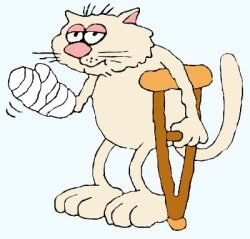
|
|
